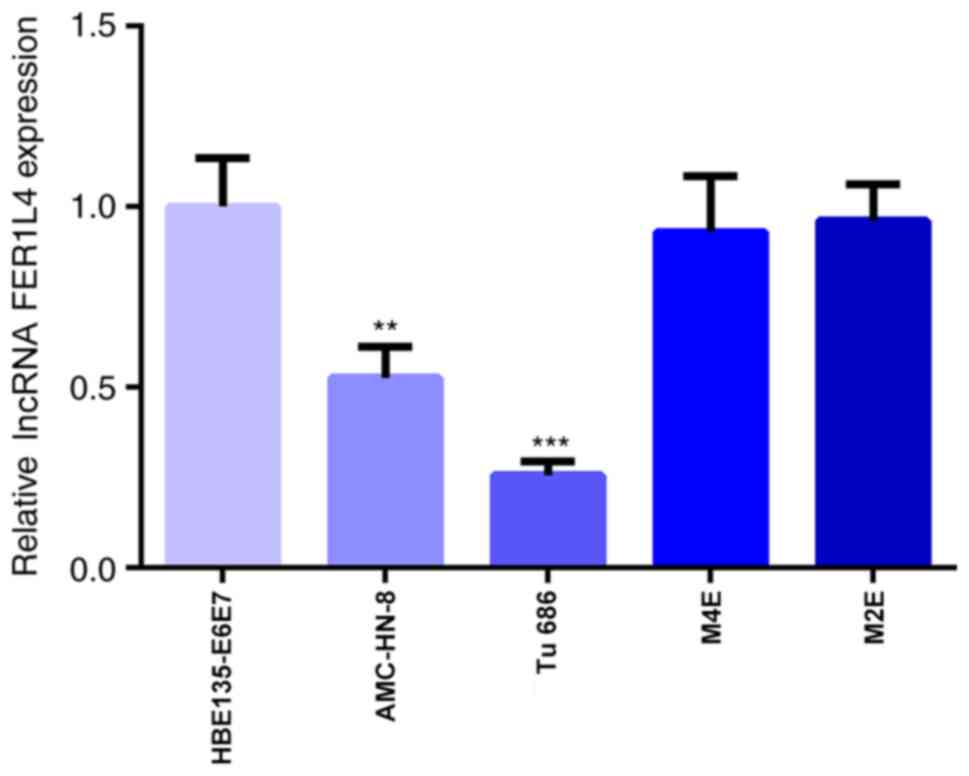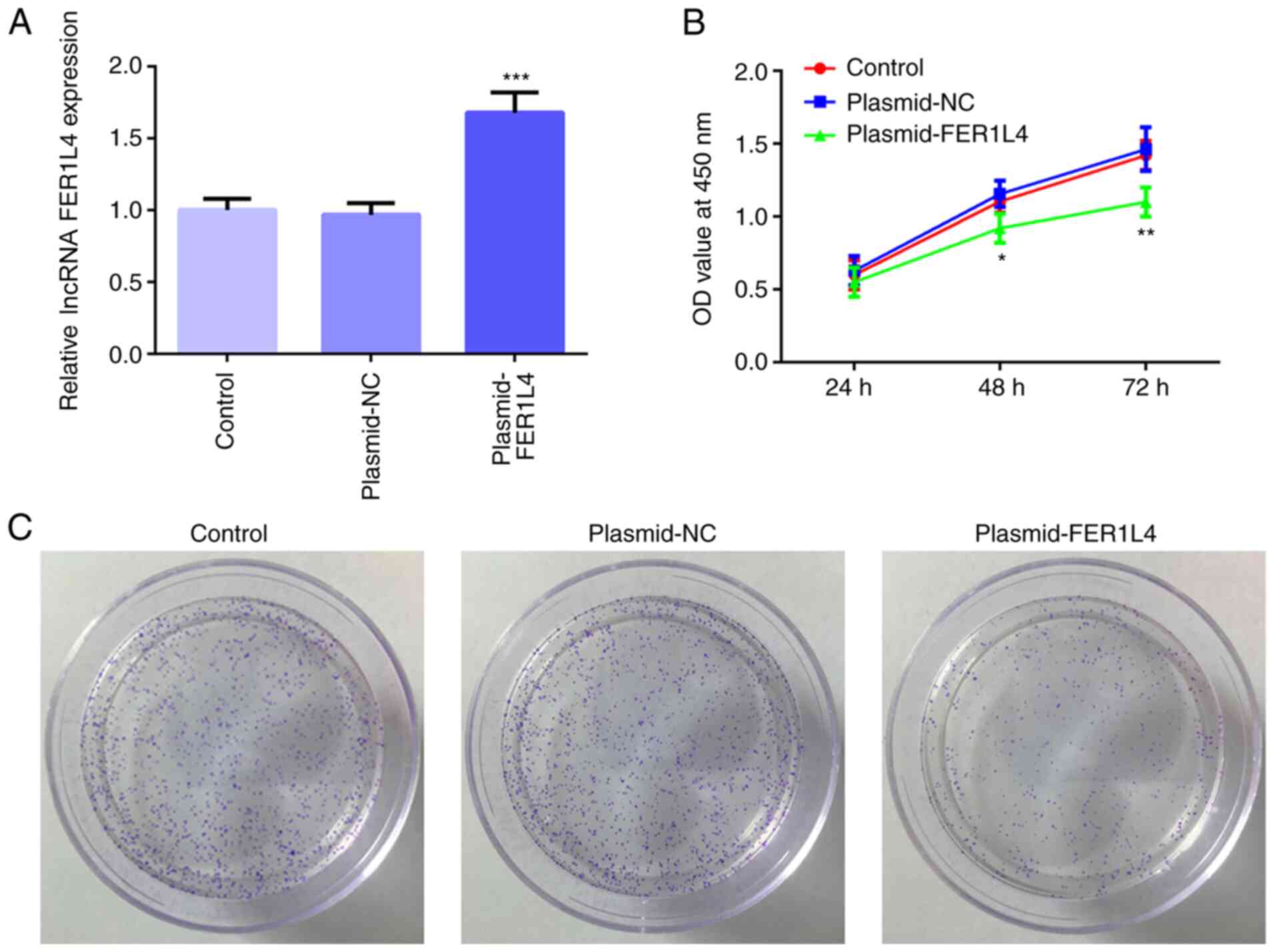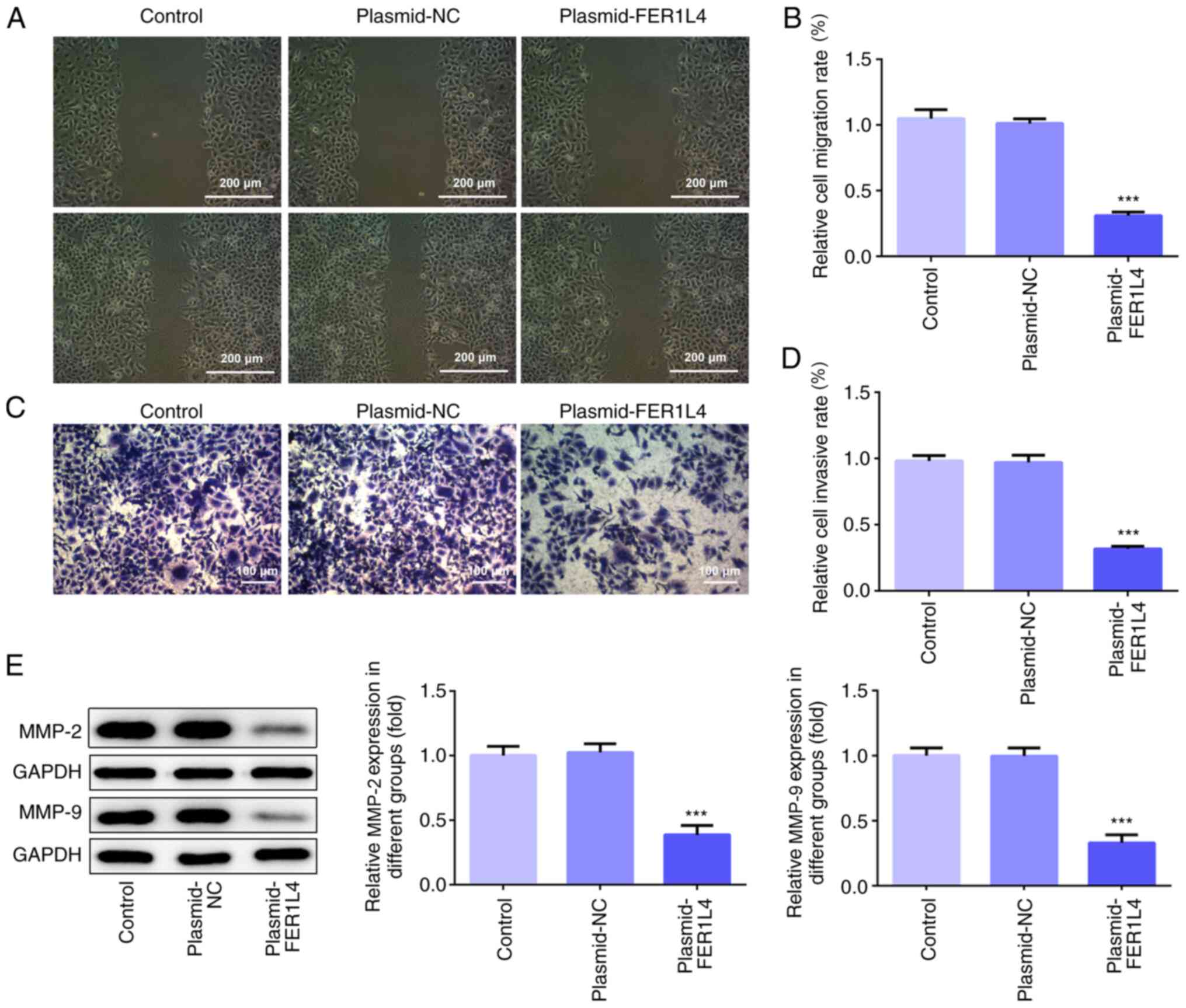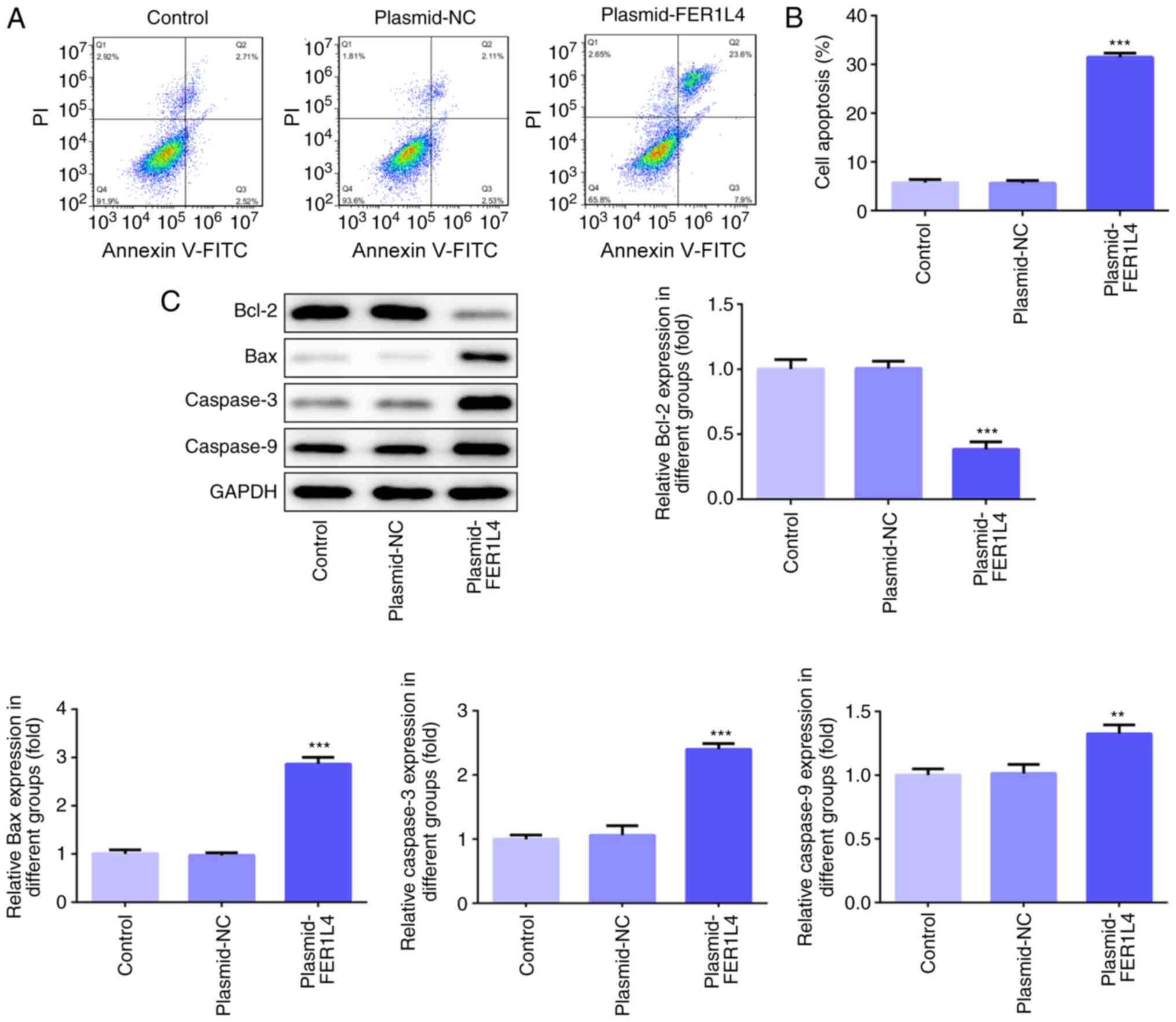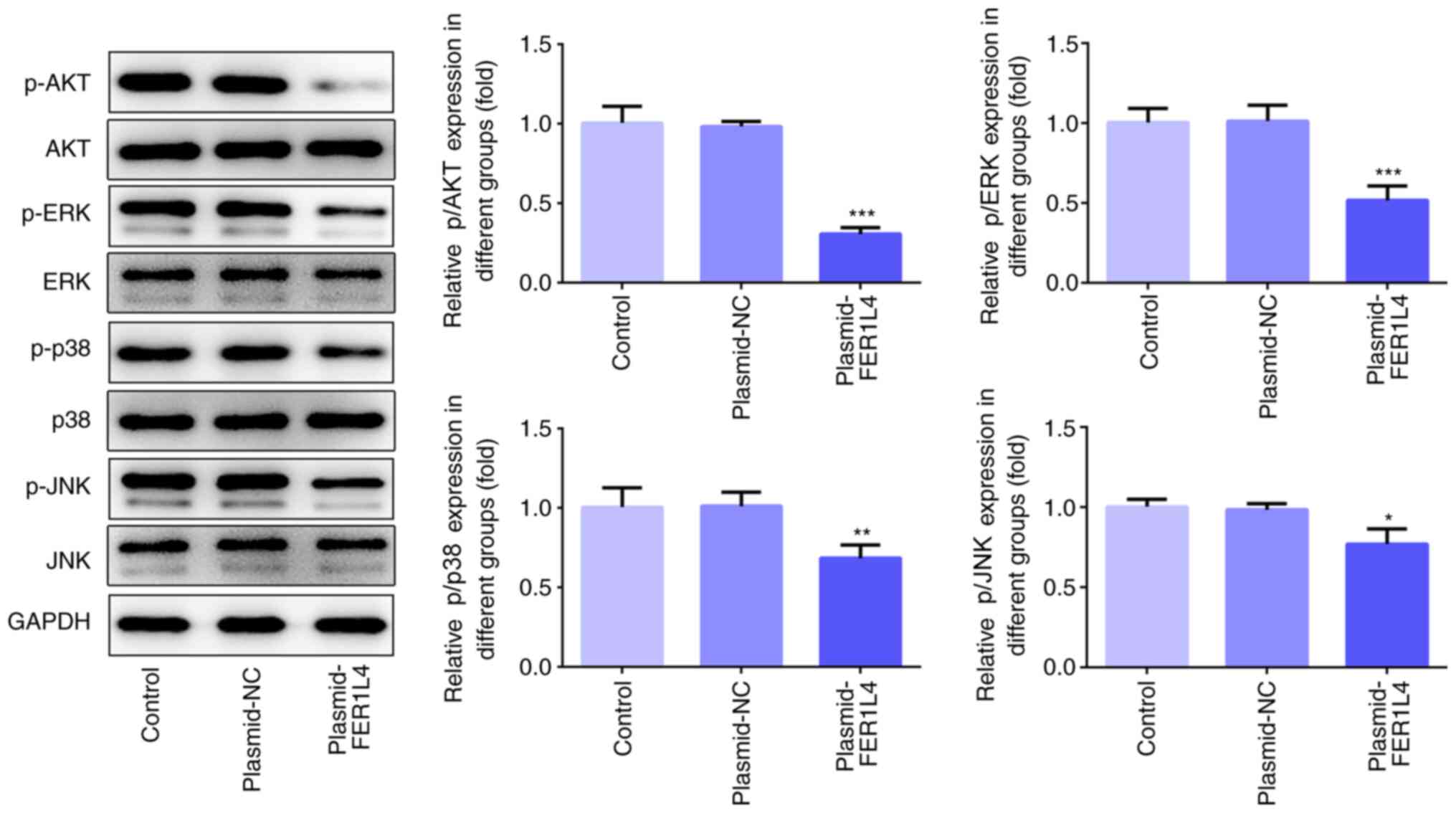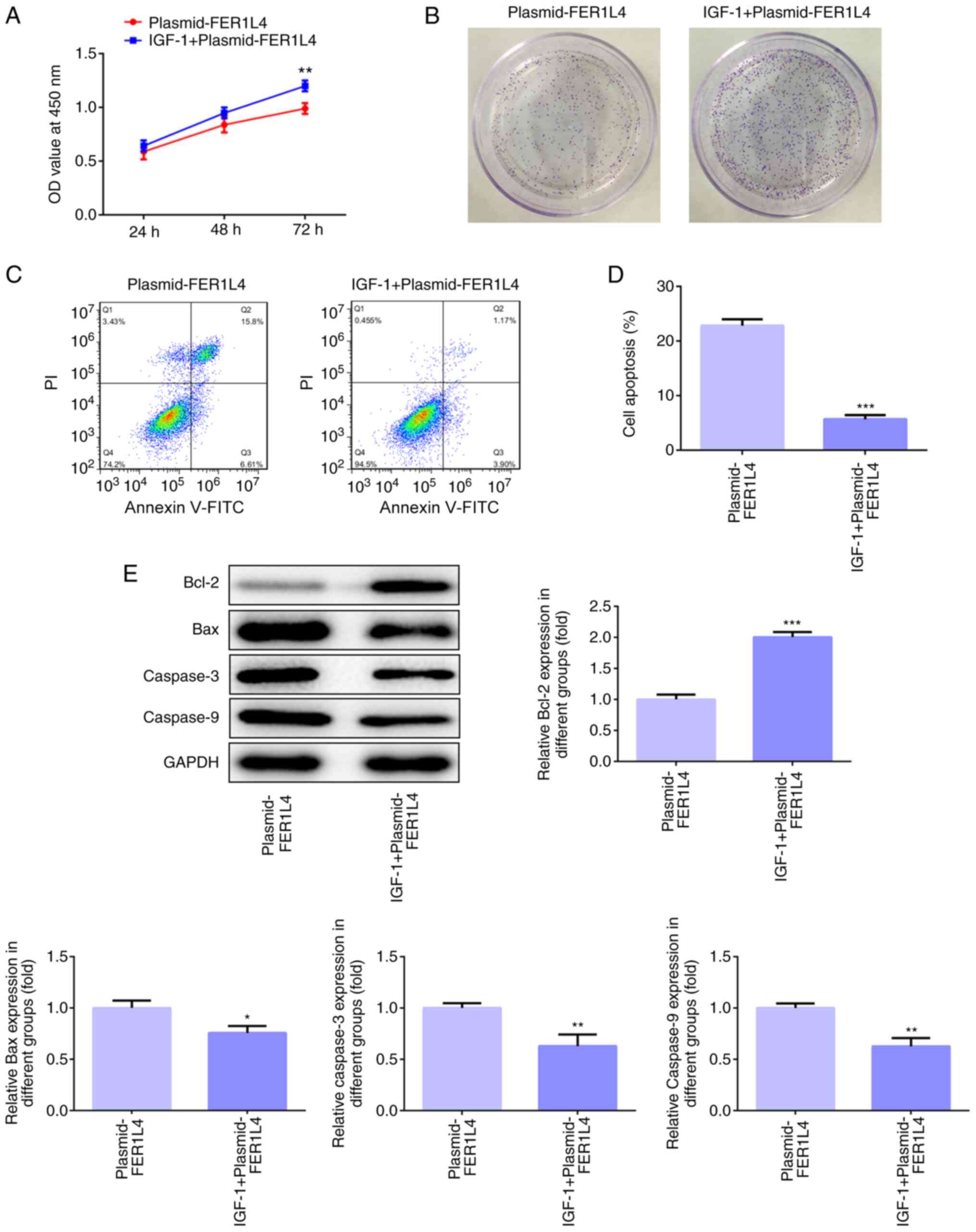|
1
|
Almadori G, Bussu F, Cadoni G, Galli J,
Paludetti G and Maurizi M: Molecular markers in laryngeal squamous
cell carcinoma: Towards an integrated clinicobiological approach.
Eur J Cancer. 41:683–693. 2005.PubMed/NCBI
|
|
2
|
Christensen A, Kristensen E, Therkildsen
MH, Specht L, Reibel JP and Homøe P: Ten-year retrospective study
of head and neck carcinoma in situ: Incidence, treatment, and
clinical outcome. Oral Surg Oral Med Oral Pathol Oral Radiol.
116:174–178. 2013.PubMed/NCBI
|
|
3
|
Nunes Da Silva GHB, Miranda MG, Rodrigues
DS, De Souza GR and Ribeiro CV: Epidemiological factors in patients
with larynx cancer treated by surgery, radiotherapy or therapeutic
associations. Arch Otolaryngol Rhinol. 5:43–49. 2019.
|
|
4
|
Edefonti V, Bravi F, Garavello W, La
Vecchia C, Parpinel M, Franceschi S, Dal Maso L, Bosetti C,
Boffetta P, Ferraroni M and Decarli A: Nutrient-based dietary
patterns and laryngeal cancer: Evidence from an exploratory factor
analysis. Cancer Epidemiol Biomarkers Prev. 19:18–27.
2010.PubMed/NCBI
|
|
5
|
Nocini R, Molteni G, Mattiuzzi C and Lippi
G: Updates on larynx cancer epidemiology. Chin J Cancer Res.
32:18–25. 2020.PubMed/NCBI
|
|
6
|
Wu X, Cui CL, Chen WL, Fu ZY, Cui XY and
Gong X: MiR-144 suppresses the growth and metastasis of laryngeal
squamous cell carcinoma by targeting IRS1. Am J Transl Res. 8:1–11.
2016.PubMed/NCBI
|
|
7
|
Forastiere AA, Goepfert H, Maor M, Pajak
TF, Weber R, Morrison W, Glisson B, Trotti A, Ridge JA, Chao C, et
al: Concurrent chemotherapy and radiotherapy for organ preservation
in advanced laryngeal cancer. N Engl J Med. 349:2091–2098.
2003.PubMed/NCBI
|
|
8
|
Jemal A, Bray F, Center MM, Ferlay J, Ward
E and Forman D: Global cancer statistics. CA Cancer J Clin.
61:69–90. 2011.PubMed/NCBI
|
|
9
|
Cui J, Hui LI and Linlin LU: Correlation
between RECK gene methylation status and radiosensitivity in
laryngeal squamous cell carcinoma. Chin J Clin Oncol. 5:315–318.
2014.
|
|
10
|
Sun X, Liu B, Wang J, Li J and Ji WY:
Inhibition of p21-activated kinase 4 expression suppresses the
proliferation of Hep-2 laryngeal carcinoma cells via activation of
the ATM/Chk1/2/p53 pathway. Int J Oncol. 42:683–689.
2013.PubMed/NCBI
|
|
11
|
Fang XY, Pan HF, Leng RX and Ye DQ: Long
noncoding RNAs: Novel insights into gastric cancer. Cancer Lett.
356((2 Pt B)): 357–366. 2015.PubMed/NCBI
|
|
12
|
Okazaki Y, Furuno M, Kasukawa T, Adachi J,
Bono H, Kondo S, Nikaido I, Osato N, Saito R, Suzuki H, et al:
Analysis of the mouse transcriptome based on functional annotation
of 60, 770 full-length cDNAs. Nature. 420:563–573. 2002.PubMed/NCBI
|
|
13
|
Geisler S and Coller J: RNA in unexpected
places: Long non-coding RNA functions in diverse cellular contexts.
Nat Rev Mol Cell Biol. 14:699–712. 2013.PubMed/NCBI
|
|
14
|
Jiang C, Li X, Zhao H and Liu H: Long
non-coding RNAs: Potential new biomarkers for predicting tumor
invasion and metastasis. Mol Cancer. 15:622016.PubMed/NCBI
|
|
15
|
Wang KC, Yang YW, Liu B, Sanyal A,
Corces-Zimmerman R, Chen Y, Lajoie BR, Protacio A, Flynn RA, Gupta
RA, et al: A long noncoding RNA maintains active chromatin to
coordinate homeotic gene expression. Nature. 472:120–124.
2011.PubMed/NCBI
|
|
16
|
Yang QQ and Deng YF: Long non-coding RNAs
as novel biomarkers and therapeutic targets in head and neck
cancers. Int J Clin Exp Pathol. 7:1286–1292. 2014.PubMed/NCBI
|
|
17
|
Barsyte-Lovejoy D, Lau SK, Boutros PC,
Khosravi F, Jurisica I, Andrulis IL, Tsao MS and Penn LZ: The c-Myc
oncogene directly induces the H19 noncoding RNA by allele-specific
binding to potentiate tumorigenesis. Cancer Res. 66:5330–5337.
2006.PubMed/NCBI
|
|
18
|
Luo H, Sun Y, Wei G, Luo J, Yang X, Liu W,
Guo M and Chen R: Functional characterization of long noncoding RNA
Lnc_bc060912 in human lung carcinoma cells. Biochemistry.
54:2895–2902. 2015.PubMed/NCBI
|
|
19
|
Li D, Feng J, Wu T, Wang Y, Sun Y, Ren J
and Liu M: Long intergenic noncoding RNA HOTAIR is overexpressed
and regulates PTEN methylation in laryngeal squamous cell
carcinoma. Am J Pathol. 182:64–70. 2013.PubMed/NCBI
|
|
20
|
Feng J, Tian L, Sun Y, Li D, Wu T, Wang Y
and Liu M: Expression of long non-coding ribonucleic acid
metastasis-associated lung adenocarcinoma transcript-1 is
correlated with progress and apoptosis of laryngeal squamous cell
carcinoma. Head Neck Oncol. 4:462012.
|
|
21
|
Xia T, Chen S, Jiang Z, Shao Y, Jiang X,
Li P, Xiao B and Guo J: Long noncoding RNA FER1L4 suppresses cancer
cell growth by acting as a competing endogenous RNA and regulating
PTEN expression. Sci Rep. 5:134452015.PubMed/NCBI
|
|
22
|
Wu J, Huang J, Wang W, Xu J, Yin M, Cheng
N and Yin J: Long non-coding RNA Fer-1-like protein 4 acts as a
tumor suppressor via miR-106a-5p and predicts good prognosis in
hepatocellular carcinoma. Cancer Biomark. 20:55–65. 2017.PubMed/NCBI
|
|
23
|
Yue B, Sun B, Liu C, Zhao S, Zhang D, Yu F
and Yan D: Long non-coding RNA Fer-1-like protein 4 suppresses
oncogenesis and exhibits prognostic value by associating with
miR-106a-5p in colon cancer. Cancer Sci. 106:1323–1332.
2015.PubMed/NCBI
|
|
24
|
Ma W, Zhang CQ, Li HL, Gu J, Miao GY, Cai
HY, Wang JK, Zhang LJ, Song YM, Tian YH and Song YH: LncRNA FER1L4
suppressed cancer cell growth and invasion in esophageal squamous
cell carcinoma. Eur Rev Med Pharmacol Sci. 22:2638–2645.
2018.PubMed/NCBI
|
|
25
|
Gao X, Wang N, Wu S, Cui H, An X and Yang
Y: Long non-coding RNA FER1L4 inhibits cell proliferation and
metastasis through regulation of the PI3K/AKT signaling pathway in
lung cancer cells. Mol Med Rep. 20:182–190. 2019.PubMed/NCBI
|
|
26
|
Huo W, Qi F and Wang K: Long non-coding
RNA FER1L4 inhibits prostate cancer progression via sponging
miR-92a-3p and upregulation of FBXW7. Cancer Cell Int.
20:642020.PubMed/NCBI
|
|
27
|
Sun W, Yang Y, Xu C, Xie Y and Guo J:
Roles of long noncoding RNAs in gastric cancer and their clinical
applications. J Cancer Res Clin Oncol. 142:2231–2237.
2016.PubMed/NCBI
|
|
28
|
Livak KJ and Schmittgen TD: Analysis of
relative gene expression data using real-time quantitative PCR and
the 2(-Delta Delta C(T)) method. Methods. 25:402–408.
2001.PubMed/NCBI
|
|
29
|
Zhang W, Yan Y, Gu M, Wang X, Zhu H, Zhang
S and Wang W: High expression levels of Wnt5a and Ror2 in laryngeal
squamous cell carcinoma are associated with poor prognosis. Oncol
Lett. 14:2232–2238. 2017.PubMed/NCBI
|
|
30
|
Ilm K, Fuchs S, Mudduluru G and Stein U:
MACC1 is post-transcriptionally regulated by miR-218 in colorectal
cancer. Oncotarget. 7:53443–53458. 2016.PubMed/NCBI
|
|
31
|
Wu Y, Jia Z, Cao D, Wang C, Wu X, You L,
Wen S, Pan Y, Cao X and Jiang J: Predictive value of miR-219-1,
miR-938, miR-34b/c, and miR-218 polymorphisms for gastric cancer
susceptibility and prognosis. Dis Markers.
2017:47318912017.PubMed/NCBI
|
|
32
|
Si L, Zheng L, Xu L, Yin L, Han X, Qi Y,
Xu Y, Wang C and Peng J: Dioscin suppresses human laryngeal cancer
cells growth via induction of cell-cycle arrest and MAPK-mediated
mitochondrial-derived apoptosis and inhibition of tumor invasion.
Eur J Pharmacol. 774:105–117. 2016.PubMed/NCBI
|
|
33
|
Morlando M and Fatica A: Alteration of
epigenetic regulation by long noncoding RNAs in cancer. Int J Mol
Sci. 19:5702018.
|
|
34
|
Wang Y, Liu Z, Yao B, Li Q, Wang L, Wang
C, Dou C, Xu M, Liu Q and Tu K: Long non-coding RNA CASC2
suppresses epithelial-mesenchymal transition of hepatocellular
carcinoma cells through CASC2/miR-367/FBXW7 axis. Mol Cancer.
16:1232017.PubMed/NCBI
|
|
35
|
Ding N, Wu H, Tao T and Peng E: NEAT1
regulates cell proliferation and apoptosis of ovarian cancer by
miR-34a-5p/BCL2. Onco Targets Ther. 10:4905–4915. 2017.PubMed/NCBI
|
|
36
|
Peng W, Wang Z and Fan H: LncRNA NEAT1
impacts cell proliferation and apoptosis of colorectal cancer via
regulation of Akt signaling. Pathol Oncol Res. 23:651–656.
2017.PubMed/NCBI
|
|
37
|
Esteller M: Non-coding RNAs in human
disease. Nat Rev Genet. 12:861–874. 2011.PubMed/NCBI
|
|
38
|
Mercer TR, Dinger ME and Mattick JS: Long
non-coding RNAs: Insights into functions. Nat Rev Genet.
10:155–159. 2009.PubMed/NCBI
|
|
39
|
Liu S, Zou B, Tian T, Luo X, Mao B, Zhang
X and Lei H: Overexpression of the lncRNA FER1L4 inhibits
paclitaxel tolerance of ovarian cancer cells via the regulation of
the MAPK signaling pathway. J Cell Biochem. 2018.(Epub ahead of
print).
|
|
40
|
Chen Z, Ma Y, Pan Y, Zuo S, Zhu H, Yu C,
Zhu C and Sun C: Long noncoding RNA RP5-833A20. 1 suppresses
tumorigenesis in hepatocellular carcinoma through Akt/ERK pathway
by targeting miR-18a-5p. Onco Targets Ther. 12:10717–10726.
2019.PubMed/NCBI
|
|
41
|
Ye Q, Cai W, Zheng Y, Evers BM and She QB:
ERK and AKT signaling cooperate to translationally regulate
survivin expression for metastatic progression of colorectal
cancer. Oncogene. 33:1828–1839. 2014.PubMed/NCBI
|
|
42
|
Yao N, Sun JQ, Yu L, Ma L and Guo BQ:
LINC00968 accelerates the progression of epithelial ovarian cancer
via mediating the cell cycle progression. Eur Rev Med Pharmacol
Sci. 23:4642–4649. 2019.PubMed/NCBI
|
|
43
|
Chang C, Xie J, Yang Q, Yang J, Luo Y, Xi
L, Guo J, Yang G, Jin W and Wang G: Serine peptidase inhibitor
Kazal type III (SPINK3) promotes BRL-3A cell proliferation by
targeting the PI3K-AKT signaling pathway. J Cell Physiol.
235:2209–2219. 2020.PubMed/NCBI
|
|
44
|
Meng XP, Ma J, Wang B, Wu X and Liu Z:
Long non-coding RNA OIP5-AS1 promotes pancreatic cancer cell growth
through sponging miR-342-3p via AKT/ERK signaling pathway. J
Physiol Biochem. 76:301–315. 2020.PubMed/NCBI
|
|
45
|
Liu X, Li J and Li X: MiR-142-5p regulates
the progression of diabetic retinopathy by targeting IGF1. Int J
Immunopathol Pharmacol. 34:20587384209090412020.PubMed/NCBI
|
|
46
|
Cordero-Herrera I, Martín MA, Bravo L,
Goya L and Ramos S: Epicatechin gallate induces cell death via p53
activation and stimulation of p38 and JNK in human colon cancer
SW480 cells. Nutr Cancer. 65:718–728. 2013.PubMed/NCBI
|















